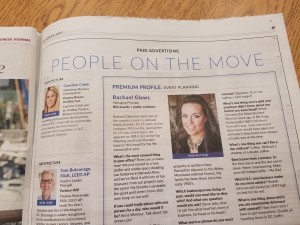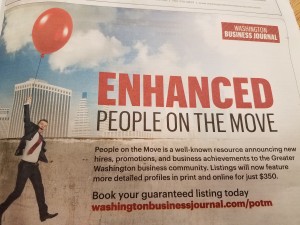How to go on vacation and not lose customers
Vacation time!
Here we are in the last few days of August. Summer is waning, and perhaps you want to go to the beach or go visit your family or travel to Alaska to see the glaciers while we have them. And why not? You’ve worked hard the rest of the year, and you should be able to take time off.
But…
But before you take off, think about your customers. What do they need to know about your schedule and availability? If they need something, can it wait until you get back or is there somebody else who can help them?
You could lose business by failing to communicate
It seems fairly obvious to me, but some people just don’t think they need to communicate. For example, I was trying to make an appointment. I texted, and several days later, no answer. I left a message, and several hours later, no return phone call. I decided to look for a different provider, and I found one. I got a belated message from the first provider telling me she was in West Virginia with poor cellphone connectivity. Apparently, she has never heard of changing her outgoing message or updating her website.
It’s your responsibility to communicate your availability to your customers.
If you are an employee, you might email your contacts telling them you will be unavailable on certain dates, and tell them who to contact instead. You may create an auto-responder on your email saying that you are not currently checking email.
If you are a business owner and have a website and/or online booking, you can update those to reflect your schedule. You can make note that your office is closed and you are not taking appointments. On your phone or answering service, you can update your outgoing message to reflect your situation.
Here’s a template:
Thanks for contacting [name]. If you need to [reach me/make an appointment/other business], please be advised that our office is closed from [insert date] to [insert date]. We look forward to [seeing/serving/talking to] you then. If you need immediate assistance, please contact [insert name and number].
So go on, take your vacation, relax and enjoy. Just make sure you’ve communicated with your customers.
About Deborah Brody
Deborah Brody writes and edits anything related to marketing communications. Most blog posts are written under the influence of caffeine.






